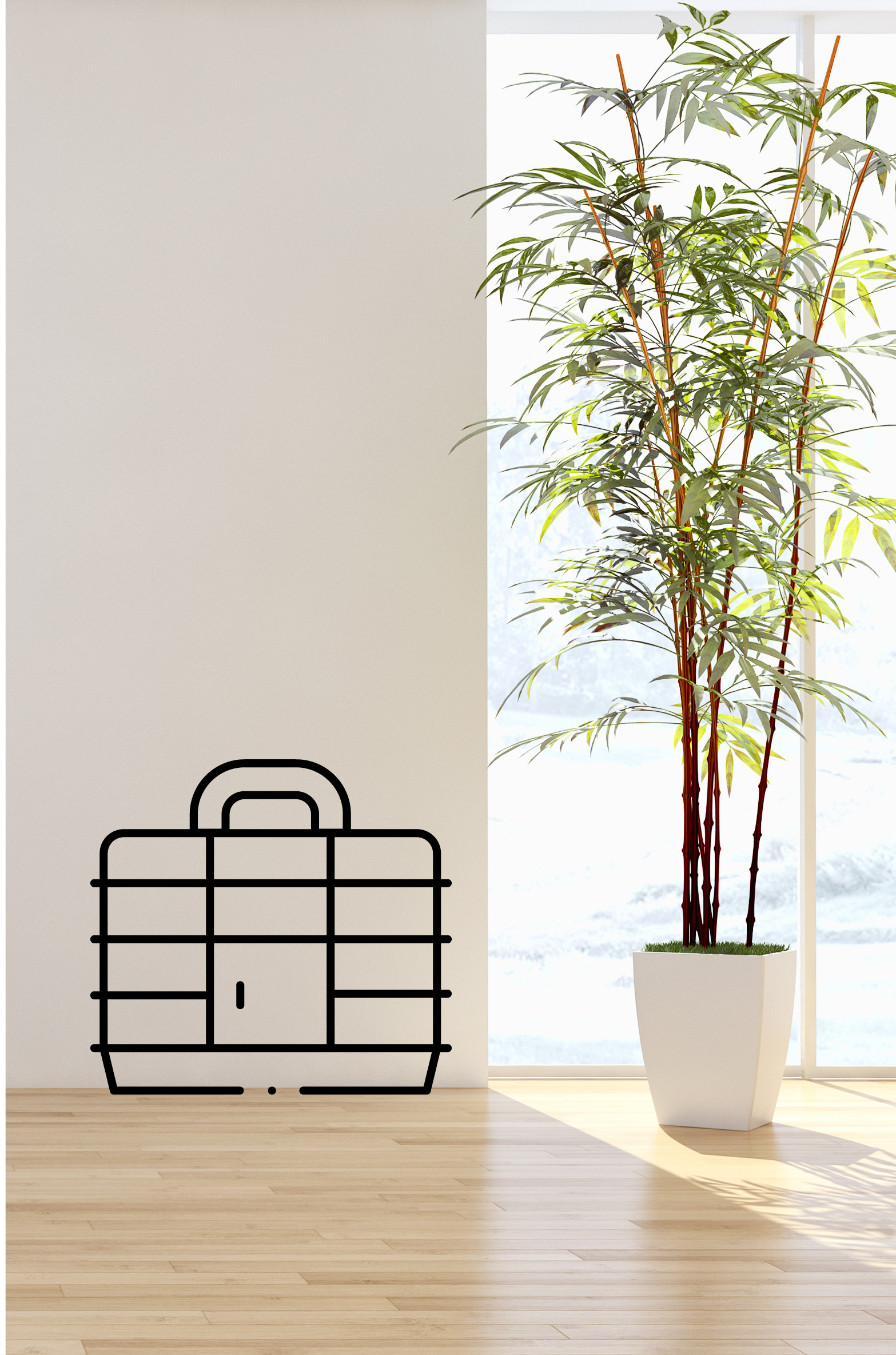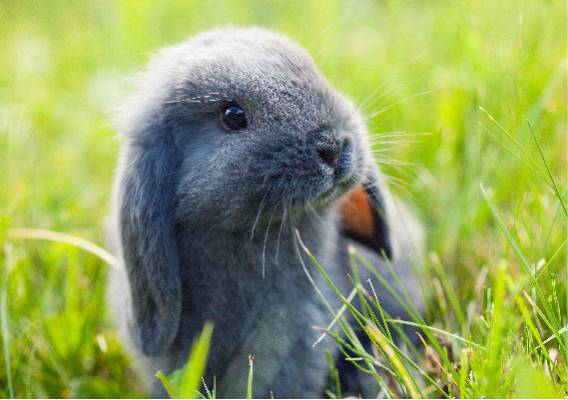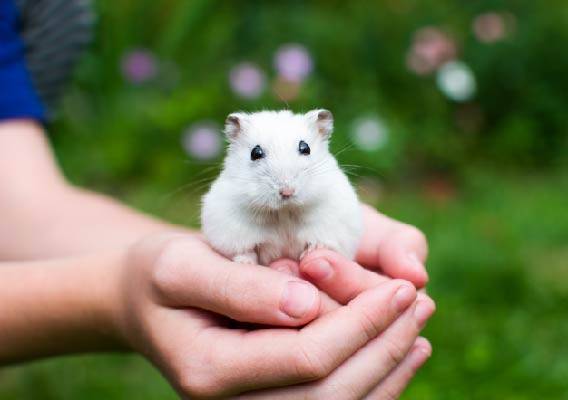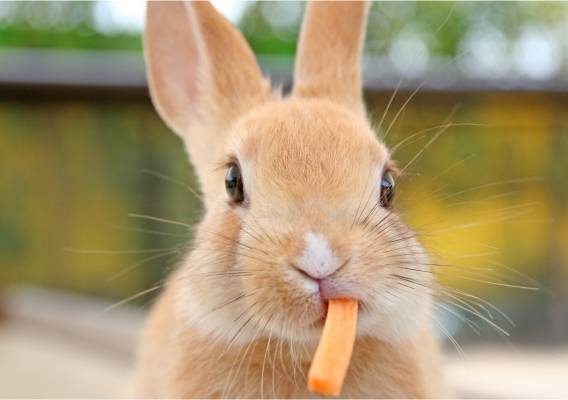
Summer with my exotic pet
Summer is here, with sunshine and hot weather!
Do you find heat waves hot or even too hot? So does your rabbit! Even more so, because rabbits don’t sweat: only their ears are able to regulate their temperature a little. So, think of your pet, and offer protection from the sun and heat during summer.

A COOL ENVIRONMENT
Rodents and lagomorphs cannot tolerate heat. In the wild, they live in burrows which keep them cool during the day, but this isn’t the case in our homes. Place the cage in the coolest room of the house, protected from sunlight and draughts. Cellars may be an alternative, but only temporarily, for not more than a few hours, so that your pet does not become bored or suffer from the lack of light. Unless you stay in the cool to keep it company!
If there isn’t a cool place in your home, as is often the case in apartments, you will need to rely on some helpful tips to keep your pet cool: place a towel on top of the cage and cover it with a few ice packs, or place a bottle of water wrapped in a cloth in a corner of the cage. Do not place ice packs directly in the cage as your pet could chew on them and suffer poisoning. If you have a ceramic tile or slate, or a ceramic place mat, you can put them in the cage: these are naturally cool and your small animal will enjoy lying on them. A damp towel will also be appreciated.
As your pet is particularly sensitive to draughts, it is also important to make sure it is not exposed to the breeze when airing your home. Likewise, if you use a fan, make sure it is not aiming towards the cage.
ADAPT FOOD INTAKE AND OFFER PLENTY OF WATER
During hot weather, it is important to make sure your small animal stays well hydrated. It will need constant access to fresh water, but not iced water, which could cause your pet to become ill. Water should be replaced more frequently, as bacteria can proliferate due to the heat.
Your small animal will be less interested in eating if it’s too hot. This is the time to slightly top up its diet with fresh food: cut grass, dandelions, pieces of fresh fruit and vegetables, which are an additional source of fluids. However, be careful: do not change your pet’s diet suddenly, and do not add a new food that it has never eaten before to its ration. Digestive upset would be harmful to your pet as this could lead to dehydration.
GARDEN, YES OR NO?

It Is tempting to let rabbits go outside, especially under the shade of the trees when the weather is nice. However, be careful: do not expose your pet to heat in the hottest part of the day! To make the most of the garden, only allow your small animal to go outside in the coolest parts of the day, in the morning before 10 a.m., at the end of the afternoon or early evening, when the temperature falls below 22°C. Any higher will be too hot, especially if your pet is not used to going outside. Avoid areas where there is a breeze, as rodents are particularly sensitive to draughts, even if these areas seem more appealing in hot weather.
WHAT ABOUT TRAVELLING?
The same recommendations also apply when travelling with your pet. It is important to keep it cool, protected from direct sunlight and to keep fresh water readily available. It is easier for your pet to travel in the cooler hours of the day rather than the middle of the day, and if your pet finds travelling stressful, you can use pheromones or blends containing calming plants.
If your pet is travelling in a small plastic cage or closed carrier, be careful, as the heat may build up inside, even when the air-conditioning is on in the car.
If the cage has a mesh side and is well ventilated, make sure it is kept away from the air vents, to protect your pet from draughts.
Advice written by Dr Padiolleau, HOPI Veterinary Surgeon.



